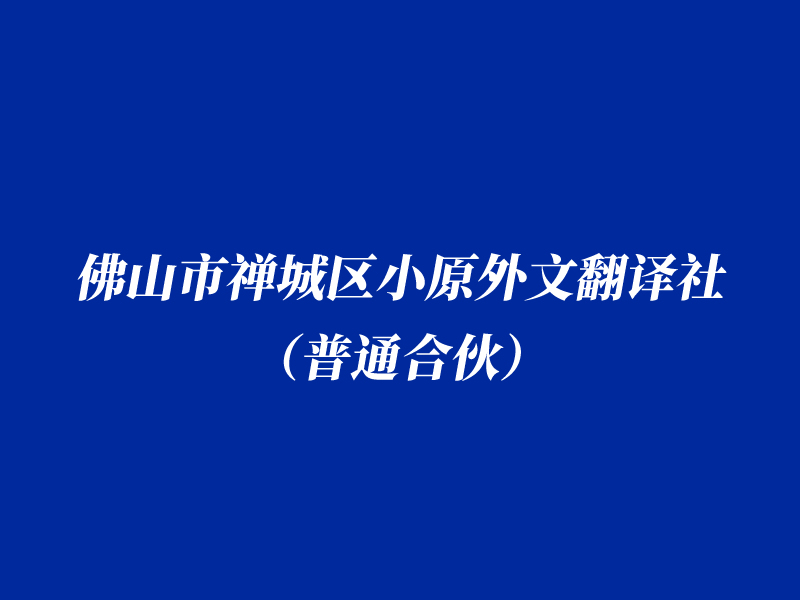Sep
2022
ode 和 elegy 的区别。
The key difference between ode and elegy is that ode praises or glorifies someone or something while elegy mourns over the loss of someone or something.
颂歌和挽歌之间的主要区别在于,颂歌赞美或赞美某人或某事,而挽歌则为失去某人或某事而哀悼。
An ode is formal and elaborate, while an elegy is not formal. In odes, the subjects are treated reverently, and throughout the poem, glorification of its subject can be seen. An elegy is more personal and contains emotions like grief, bereavement, woe, and lamentation.
颂歌是正式而精致的,而挽歌则是不正式的。在颂歌中,主题受到崇敬的对待,在整首诗中,可以看到对其主题的赞美。挽歌更个人化,包含悲伤、丧亲之痛、悲哀和哀叹等情绪。
An ode is a kind of lyrical stanza. It is an intricately structured poem that praises or glorifies nature, people, or abstract ideas. Generally, its subject is treated respectfully. The stanza form or the structure of an ode differs from one another. A classical ode is structured according to three major sections: strophe, antistrophe, and epode. Other than these three, there are different forms of odes such as homostrophic ode and irregular ode.
颂歌是一种抒情诗节。这是一首结构错综复杂的诗歌,赞美或颂扬自然、人或抽象的思想。一般来说,它的主题受到尊重。一首颂歌的节形式或结构彼此不同。古典颂歌由三个主要部分构成:strophe、antistrophe 和 epode。除了这三种外,还有不同形式的颂歌,如同调颂歌和不规则颂歌。
Originally, Greek odes were poetic pieces performed along with the music. However, whether these odes were sung with or without musical instruments or just recited, after some time, they came to be known as personal lyrical compositions. The lyre and the aulos are the frequently used musical instruments when odes are sung.
**初,希腊颂歌是与音乐一起演奏的诗歌作品。然而,无论这些颂歌是用乐器还是不用乐器演唱,还是只是背诵,一段时间后,它们都被称为个人抒情作品。七弦琴和 aulos 是唱颂歌时经常使用的乐器。
An elegy is a special type of lyric that usually expresses woe, despair, and grief. It is typically a lamentation for the dead. However, it can also be a lament for the lost love, misery, failure and the past. In most elegies, the poet starts from his personal bereavement and then gradually moves on to the futility of life and human suffering.
挽歌是一种特殊的抒情诗,通常表达悲哀、绝望和悲伤。它通常是对死者的哀悼。然而,它也可以是对失去的爱、痛苦、失败和过去的哀悼。在大多数挽歌中,诗人从他个人的丧亲之痛开始,然后逐渐转向生命的徒劳和人类的苦难。
The key difference between ode and elegy is that ode praises or glorifies someone or something while elegy mourns over the loss of someone or something. An ode is formal and elaborate in style with little personal involvement, whereas an elegy contains a lamentation over the loss of someone or something and then a conclusion to console the listener.
颂歌和挽歌之间的主要区别在于,颂歌赞美或赞美某人或某事,而挽歌则为失去某人或某事而哀悼。一首颂歌在风格上正式而精致,几乎没有个人参与,而挽歌则包含对失去某人或某物的哀悼,然后是安慰听众的结论。
An ode is a lyrical poem that praises and glorifies its subject. It has a formal and elaborate structure. It treats its subject reverently. Odes can be sung or merely recited with or without music. An elegy is a poem that laments over the death or loss of someone or something. It mourns over things like lost love, failure, and departure and contains emotions like sorrow, misery, grief and woe. It is more personal in nature. Usually, the poet starts the elegy with a personal loss and moves to the futility of life, then praise the subject and finally the conclusion to console the reader. Thus, this is the key difference between ode and elegy.
颂歌是赞美和颂扬主题的抒情诗。它具有正式而精致的结构。它虔诚地对待它的主题。可以在有音乐或没有音乐的情况下演唱或仅背诵颂歌。挽歌是一首哀叹某人或某事的死亡或失去的诗。它哀悼失去的爱、失败和离开等事情,并包含悲伤、痛苦、悲伤和悲痛等情绪。它在本质上更个性化。通常,诗人以个人的失落开始挽歌,然后转向生活的徒劳,然后赞美主题,**后是安慰读者的结论。因此,这是颂歌和挽歌之间的主要区别。
下一篇:佛山翻译公司商务广告翻译原则
- [09-05] 何为众包翻译?
- [04-11] IBM跨入网络自动翻译软件市场
- [03-22] 翻译公司如何翻译论文
- [02-07] 翻译公司教你有效记笔记
- [03-17] 与口译翻译重点
- [03-01] 佛山技术手册多语种翻译公司 桥接全球沟通的专业力量
- [11-08] 标书翻译怎么收费
- [09-01] 涉外公证翻译中要注意的几个问题

-
地址1:佛山市禅城区汾江中路144号科华大厦1002室(创业大厦正对面)
电话:0757-82285965 13318391728
-
地址2:佛山市禅城区魁奇路澜石(国际)金属交易中心大厅一楼
电话:0757-82285965 13318391728




